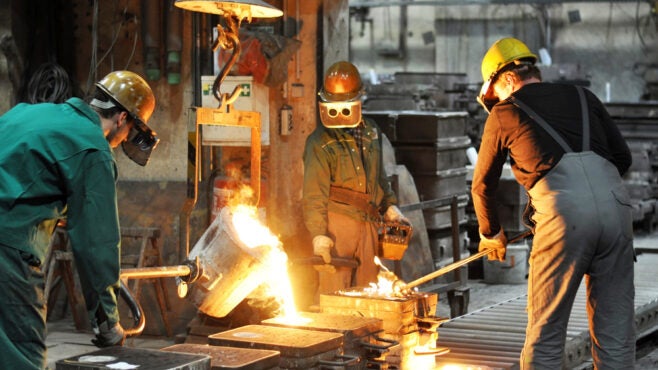The European steel industry is on course to exceed its emissions budget by 2035, as only 26% of its carbon budget remains, warns a report from UK-based research organisation Industry Tracker.

According to the report, existing steelmaking assets could release a further 2.3 billion tonnes of CO2, compared with a budget of just over three billion by 2050, based on the International Energy Agency’s net-zero pathway.
The dominant method for making primary steel is via a blast furnace. This technology is the biggest contributor to emissions in steelmaking. Yet emissions reductions from blast furnace efficiency improvements have plateaued at 1% for the last 20 years.
Blast furnaces have a life cycle of around 20 years before they need upgrading. To meet the EU’s net-zero target for 2050, companies must stop renewing blast furnaces before 2030 and have between now and 2033 to invest in new clean technologies such as hydrogen-based steel production and carbon capture, use and storage, the report says.
Most steel companies will likely require support via public funding, it adds, as the cost of the low-carbon transition for them is estimated at $4bn–34bn.



